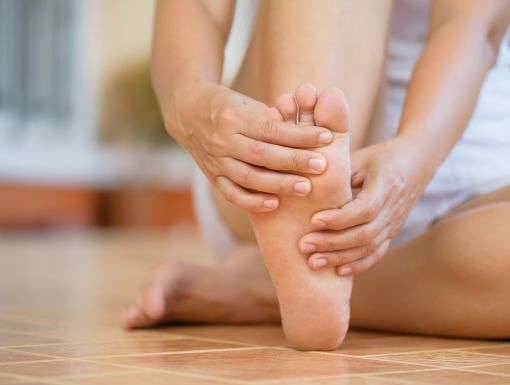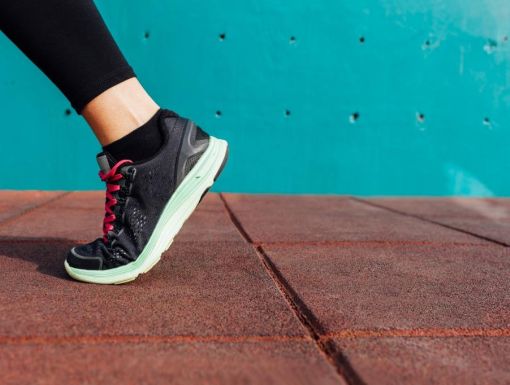
What are Bunions, and How Do You Treat Them?
Our feet help support and carry our body, so it’s no wonder there is a lot of pressure put on them. This pressure can sometime cause unwanted ailments, like bunions. But what are bunions?
The dreaded bump on the side of your big toe is a sight most don’t want to see. This bump on your toe is caused by changes in the bone framework of the foot. Instead of pointing straight, your big toe starts to gradually lean towards your second toe, which will throw the alignment of your bones out of place, causing the bump that you see.
This misalignment is gradual, so in the beginning, you may not experience any pain associated with the bunion. However, over time, your toes will continue to crowd together, and you may experience pain and possible deformity. For this reason, it is important to know the symptoms and treatments of bunions to help resolve the issue early on.
What causes bunions?
Bunions are believed to be genetic. They are caused by faulty foot structure, which is often inherited. Certain foot types are more prone to developing bunions, including people with flat feet, excessively flexible ligaments, rheumatoid arthritis or abnormal bone structure.
Many people assume that wearing high-heels or shoes that cause your toes to be over-crowded is the culprit. And while these types of shoes will often make the deformity worse, they are not believed to be the cause of the bunion. Some factors that might increase the deformity are:
- Wearing shoes that are too small or too tight. This can cause your toes to be over-crowded and put pressure on your big toe.
- Wearing shoes with a high heel or pointy toes. This will force your toes together.
- Standing for too long
What are the symptoms of bunions?
In addition to the bump that forms on the side of your toe, you may notice some other symptoms associated with your bunion including:
- Redness, swelling or soreness around your big toe joint
- Calluses that form on your big toe and second toe from rubbing together
- Difficulty moving your big toe
- A burning sensation around your toe joint
- Possible numbness
These symptoms may be made worse after wearing ill-fitting shoes or standing on your feet for extended periods of time.
How are bunions diagnosed?
In most cases, your doctor can diagnose bunions by simply looking at your foot. They may ask you to perform certain functions, like moving your toe back and forth to see if there is limited movement.
To fully evaluate your bunion, your doctor may recommend getting an x-ray to evaluate the severity and asses the changes that have occurred in your bone structure.
How are bunions treated?
It is important to establish care with a podiatrist if you start to notice the formation of a bunion. They are progressive and will typically get worse over time. Untreated bunions can cause irritation to the fluid-filled sac in your joint, called the bursa. The bursa may become inflamed and swollen and eventually lead to limited movement in the joint of the toe. Treatment options depend on the severity of your bunion. Your physician can develop a plan that is best suited for your needs.
If your bunion is not severe, your doctor may recommend some non-surgical options. Non-surgical options include:
- Changes in your footwear – Picking shoes that have ample room by the toes will be beneficial. Go with shoes that have a boxy-square toe instead of a pointed toe design.
- Padding your toe – Your physician may add padding or tape to your toe to help put it in a normal position, which will help alleviate the pressure.
- Arch supports – Your doctor may recommend adding a custom arch support to your shoe to help reduce pressure on your toes.
- Over-the-counter pain relievers – If you are experiencing pain, your doctor may recommend oral nonsteroidal anti-inflammatory drugs (NSAIDs), such as ibuprofen, to help reduce pain and inflammation.
- Icing – Applying ice packs to the toe throughout the day may help reduce inflammation.
If non-surgical options do not help fix the pain of the bunion and it interferes with your daily activities, you may want to consider surgical options with your doctor.
The procedures to help treat a bunion consist of the removal of the bump of bone, called a bunionectomy, and the realignment of the toe by correcting the structure of the foot and correcting the soft tissue changes that may have occurred from the shift.
If you move forward with a bunionectomy, keep in mind the healing process takes up to eight weeks, which may limit your activity level.
If you start to experience pain from a bunion, contact your podiatrist for best next steps.



